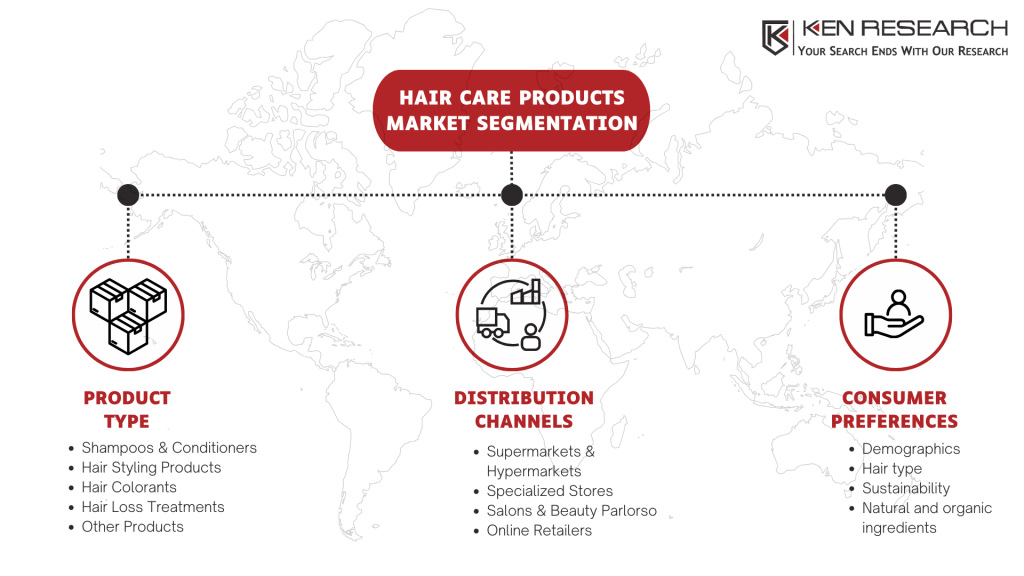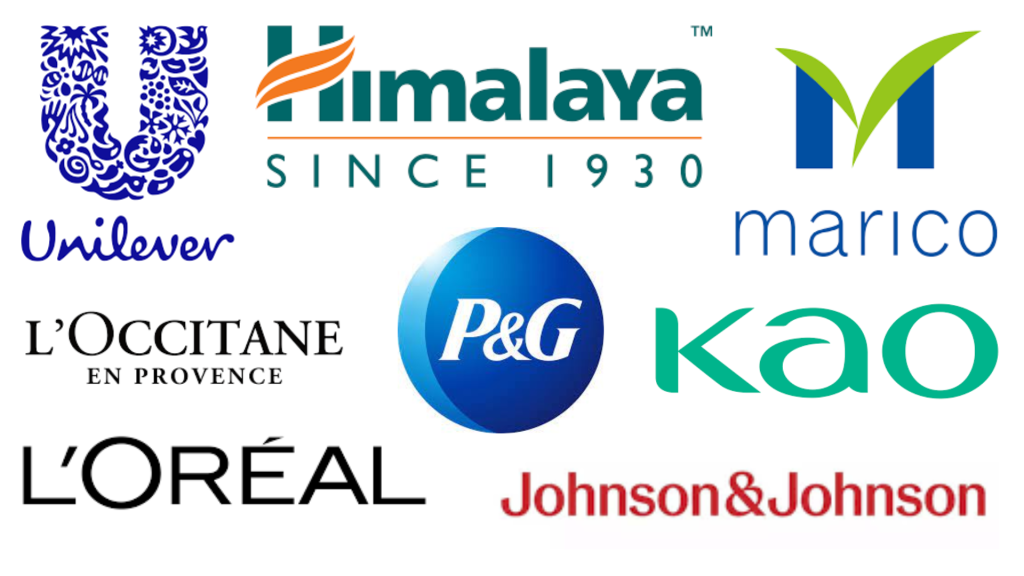In the bustling realm of personal care, the hair care products market emerges as a flourishing industry, boasting a substantial global market size of USD 183.14 billion in 2023 and projecting a meteoric rise to USD 240.28 billion by 2030. This staggering growth is propelled by a convergence of factors, including an increasing focus on personal appearance and the elevation of disposable incomes. However, beneath the surface of this impressive figure lies a multifaceted landscape, intricately segmented by product types, distribution channels, and the ever-evolving tapestry of consumer preferences. Let’s embark on a journey into the intricate world of hair care products market segmentation, exploring the strategies essential for navigating this dynamic space.
Market Size and Drivers:

The roots of the hair care products market’s exponential growth delve into a fertile ground nurtured by various growth drivers. Rising disposable incomes, akin to the nourishing rain, empower consumers with increased purchasing power, prompting a greater spending spree on premium hair care products that promise not just efficacy but a touch of luxury. The sprawling urbanization landscape, with its fast-paced lifestyle, contributes to the demand for convenient and effective hair care solutions. Simultaneously, the rising tide of internet penetration has ushered in the era of e-commerce platforms, providing consumers with wider product selections and the convenience of doorstep delivery—an influential factor driving market growth. Moreover, there’s a growing awareness and emphasis on hair health, as consumers become more informed about specific concerns such as hair loss, dandruff, or damage, leading to a surge in demand for targeted solutions.
Key Segments in the Hair Care Products Market:
The hair care products market, akin to a rich tapestry, can be segmented based on various criteria, unraveling a comprehensive view of the diverse consumer base:

Product Type:
- Shampoos & Conditioners: Valued at a substantial USD 72.5 billion in 2023, this segment caters to basic cleansing and conditioning needs, forming the bedrock of hair care routines.
- Hair Styling Products: With a valuation of USD 41.2 billion in 2023, this segment offers diverse solutions for styling, shaping, and holding hair in place, reflecting the evolving aesthetics of consumers.
- Hair Colorants: A transformative segment valued at USD 38.7 billion in 2023, meeting the desire for vibrant and personalized hair color transformations.
- Hair Loss Treatments: Addressing poignant concerns regarding hair thinning and baldness, this segment is valued at USD 16.9 billion in 2023, underscoring the emotional resonance associated with hair health.
- Other Products: Encompassing a spectrum of offerings such as hair masks, serums, and specialized treatments, reflecting the expanding horizon of hair care beyond the conventional.
Distribution Channels:
- Supermarkets & Hypermarkets: Giants in the retail landscape, offering convenience and an extensive range of products, holding the largest market share.
- Specialized Stores: Niche outlets providing expert advice and catering to specific hair care needs, creating a personalized shopping experience.
- Salons & Beauty Parlors: Revered spaces offering professional treatments and consultations, emphasizing the fusion of aesthetics and expertise.
- Online Retailers: A rising force gaining popularity due to the convenience of virtual shopping and a broader product selection, shaping the contemporary retail landscape.
Consumer Preferences:
- Demographics: Age, gender, and income levels emerge as pivotal influencers of product choices, creating dynamic consumer personas.
- Hair Type: Products tailored to various hair types, textures, and concerns (e.g., dry, oily, curly, etc.), acknowledging the unique needs of diverse hair profiles.
- Sustainability: An increasing preference for eco-friendly and ethically sourced products, highlighting the shift towards responsible consumerism.
- Natural and Organic Ingredients: The surge in demand for formulations incorporating natural ingredients, aligning with the overarching trend towards cleaner and holistic beauty choices.
Competitive Landscape

The hair care products market is an arena where giants, both multinational and domestic, coexist alongside emerging niche brands, creating a dynamic and competitive landscape. Recognizable names such as Procter & Gamble, Unilever, L’Oréal, and Johnson & Johnson stand tall, holding significant market shares globally. Simultaneously, established domestic players like Dabur, Marico, Himalaya in India, L’Occitane in France, and Kao in Japan contribute to the rich diversity of the market. Emerging niche brands carve their niche, focusing on specific segments such as natural and organic products, vegan options, or solutions tailored for ethnic hair types. This kaleidoscopic landscape underscores the myriad choices available to consumers, catering to diverse preferences and evolving beauty standards.
Conclusion
The hair care products market is not a monolithic entity but a diverse and ever-evolving space where adaptability is the key to success. By understanding market segmentation, analyzing customer preferences, and adapting to changing trends, businesses can unlock new opportunities and thrive in this dynamic industry. The future of hair care belongs to those who can cater to the specific needs and desires of a diverse and ever-evolving consumer base. As the industry continues to evolve, businesses that navigate this segmented landscape with sensitivity, innovation, and a commitment to consumer satisfaction will carve their place in the vibrant tapestry of the hair care products market.

